

My understanding is there’s a lot of family history with this piece of land in Bulverde. Tell us how Tejas Rodeo came to be.
I came from a rodeo background and I was a rodeo professional for 11 years. I was getting towards the end of my career and looking for something else to do. When I first came in, I was training horses at the time. Martin had bought the land and it was a small horse boarding facility. Eventually, we built an arena, and then we said, “Let’s put some bucking shoots in there–let’s put a roping box in there.” In 2006, we had our first rodeo. We didn’t even advertise it, but at our first rodeo, we had over 700 people in the crowd.
What’s at the heart of an authentic rodeo?
The heart of an authentic rodeo – and there’s nothing wrong with the bigger rodeos in San Antonio or Fort Worth – is it’s more down to the roots of where the rodeo began. It’s more personal here. You can see the beads of sweat coming off the racer. The bulls might kick up dirt on you. It’s the real deal – it’s cowboys and cowgirls out in the arena trying to make a living, and people come to that environment to get a true taste of Texas and the rodeo.
The rodeo is a pure expression of the western lifestyle. Every event from the rodeo, whether you’re roping cattle, or riding fast horses, those are all things that you need on working ranches today as we speak, and it’s important to understand that these competitors are often professional ranchers. They need these tools to survive. It’s a way of life.
How does community and family inspire what you do here at Tejas Rodeo?
In my mind, rodeo is one of the oldest sports – in America at least. It’s a family gathering. We like to feel that you can come and turn your kids loose, and then find them when the rodeo is over. Maybe you want to have a margarita and dance with your wife. It’s an hour and a half to two-hour show in a fun, safe, environment in a true part of Texas.
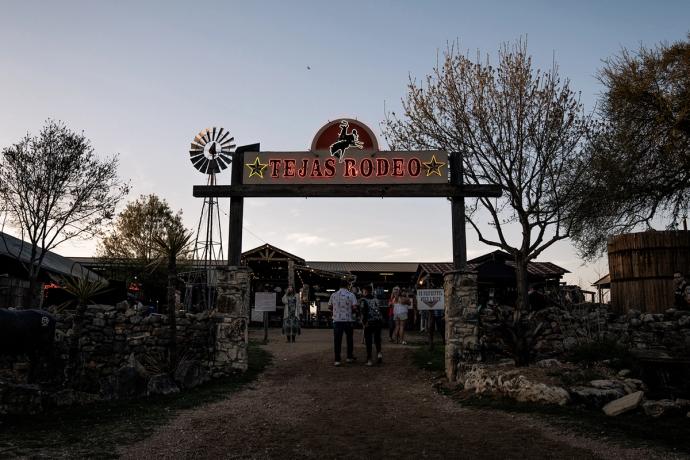

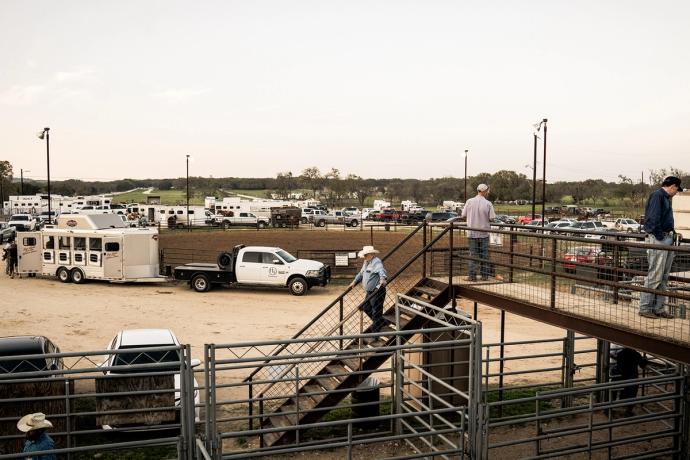


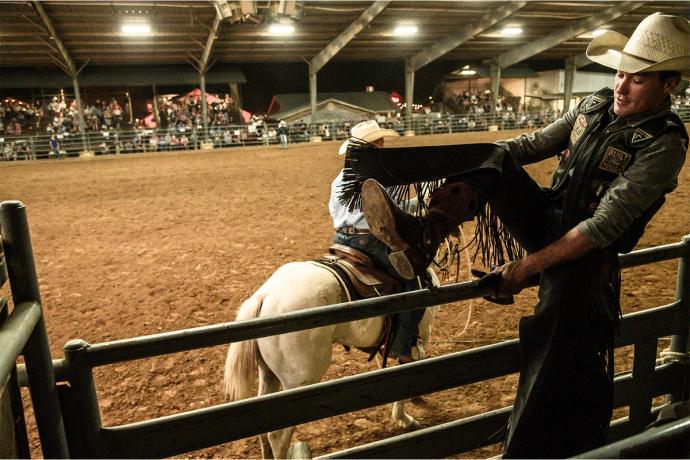
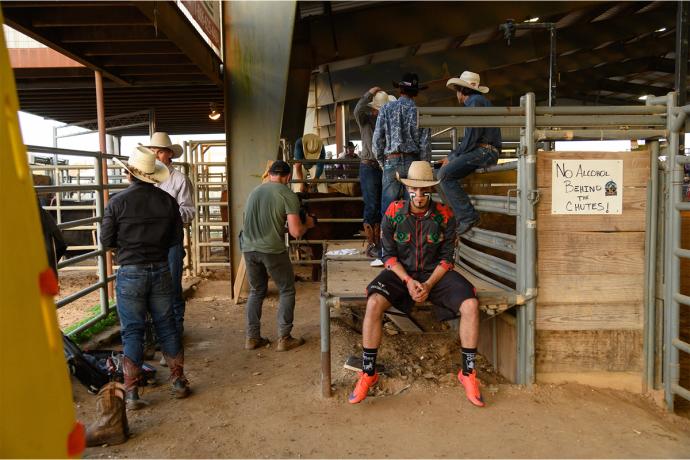
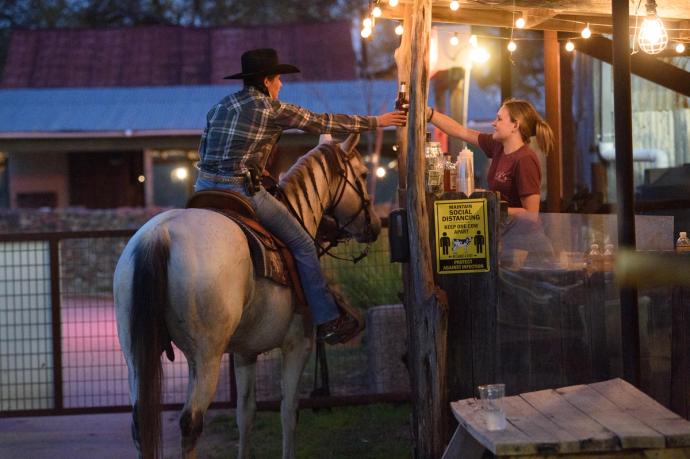
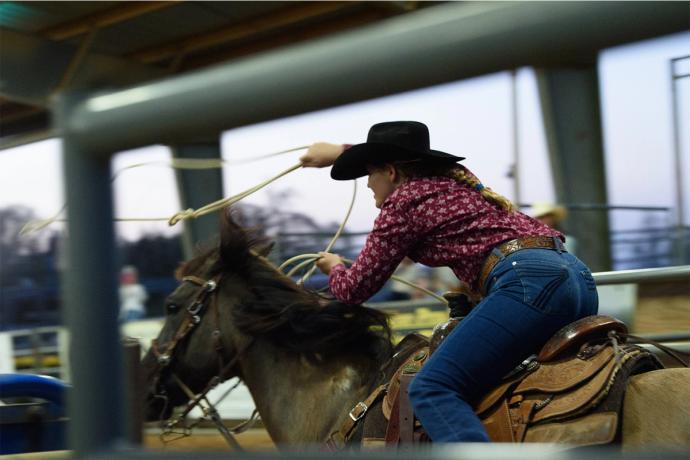


Yancey, you wear a lot of hats: Owner, manager, organizer, and promoter. Which roles come more naturally to you, and which roles have challenged you the most or would you say you’ve had to grow into?
Producing the rodeo and everything is part of my lifestyle and my life. I think I went to my first rodeo in third grade. To be able to still do the things I love, and know inside and out, for me, it’s natural. In terms of running Tejas, and knowing what needs to be done and how it needs to be done – that’s easy. Now, having 40 employees produce a rodeo every Saturday night can be tough and challenging. It takes 22 people to run an hour and a half show inside the arena. But our employees are a family. And we all work together to achieve one goal. That makes it easy having this working environment – and I don’t always call the shots. I like to bring a team in that will tell me what they think.
What goes on behind the scenes to make a rodeo happen that fans wouldn’t realize?
For a rodeo, just inside the arena on a Saturday night, our day starts at 7 am. You have to water and drag the arena, and that can be up to three hours itself because the footing is crucial with these animals. We want them to have the best, safest footing. We also have a lot of animals. We house horses, cattle, and sheep and we have to feed them.
You need to be able to expect the unexpected. Maybe a calf is sick. To have a show, you need 21 calves – not 20, and not 10 – making sure everything that needs to happen actually happens can be a lot, but we have a whole team of great people who help with all of that.
There’s a lot of history on the walls in the Steakhouse. I’d love to hear more about the portraits, and the story of the collection.
Trey Martin acquired all of those. Everything is original. The artwork, photography, it’s all authentic and he is very particular about that. He keeps it the real deal. You see all the rifles and traps he’s collected over the years. He already had a lot of them, and I said, “Hey man, you’ve got all these great things locked up in a safe, no one can see them,” and that started it. It is a museum in and of itself.

What has being a competitor yourself taught you about running a rodeo?
It makes it so good. I like to say, “I’ve been on both sides of the fence.” I’m a producer and former competitor. I know the contestants’ point of view, and now I see the producer’s point of view, it helps me cater to each one’s needs. We can meet in the middle. The producer’s trying to run a show in a timely manner and entertain. The cowboys and cowgirls want to compete and win, and maybe make some money. For instance, in bull riding, we need that guy ready. We don’t want people to have to wait for 15 minutes for this guy to get in a bucking shoot because that’s not entertaining. But having been there myself, I know how these guys like to prepare. I understand. He needs his bull to stand up straight to have a fair shot on him. From a producer’s perspective, we need to open the gate, the spectators are waiting. So we try to find a happy medium with each contestant.
What do you want to tell young competitors based on your own experiences?
It’s a hard, trying life for a rodeo contestant. It’s a lot of work, it’s expensive, and it’s a lot of miles. I remember rodeoing and not being in Texas for three months in summer. Driving four to five hours a day. Also, there’s an old saying, “It’s not if you’re going to get hurt, but when and how bad.” It’s different from any other professional sport. You’re going to get hurt, you’re going to have injuries. You’re going to have some knee injuries, and some shoulder injuries, you’re going to break some bones. But professional rodeo cowboys have evolved so much. They have trainers and physical therapists. There’s a lot available nowadays to stay in shape and compete at the best of your abilities.
For a young up-and-coming bull rider, I have a lot of advice on how to be successful. There’s more to your rodeo than just riding the bull. You have to learn to see the business aspect of it. You have to carry yourself no differently than a professional football player, baseball player, or basketball player. First, people are watching you, kids are looking up to you, so you’re a role model. Second, don’t be afraid to get yourself out there. Exposure can be powerful. A friend of mine, Winston Lopez, he’s in a video game! A bull riding video game. There are sponsorships out there, and business around everything we do. Put yourself out there.
Is there a story behind the ride-up bar?
Oh, the ride-up bar! If you’re competing in a few events, you might be done with one, but you’ve still got 30 minutes before your next one. Wouldn’t it be nice to stay on your horse, ride up to a bar, and get yourself a cold beer, and then go back to work?
Yes, it would indeed.

Credits
Photos
Nick Berard
Words
Team Tecovas